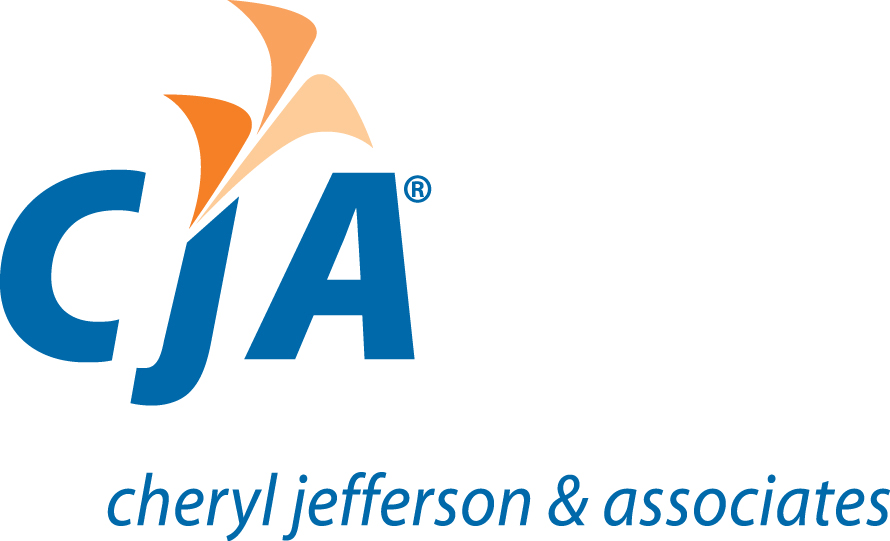Your small business is chugging along. You’re making sales, securing contracts, and keeping up with your day-to-day management. What you probably make less time for is reviewing your accounting reports.
Of course, most business owners prefer to spend their time on project work and client interaction. However, understanding your accounting reports is vital to your success. At any point in time, reviewing these reports will give you a critical snapshot of the health of your business. This is an important skill to build. If you rely solely on an outside party to understand and interpret your finances, you could find yourself ill-equipped to make important decisions.
How Accounting Reports Help Your Business
- Applying for a small business loan
- Measuring the success of your business
- Adjusting pricing
- Investing in marketing initiatives
- Filing business taxes and other IRS paperwork
- Making business expansion decisions
If you have an accountant, there are five key accounting reports you should be receiving from them. Additionally, make sure that your accountant is explaining them to you! Don’t be afraid to speak up and ask questions if there is something you do not understand or something seems off.
Don’t have an accountant? The following will give you some information you’ll want to study up on for yourself or provide a basis for speaking to an accountant that you may want to hire.
Types of Accounting Reports
Profit and Loss Statement
A profit and loss statement (P&L; also referred to as an Income Statement) helps you analyze profitability. In short, it provides an overview of how much your business makes, and where the money is going. Depending on the type of business you have, your P&L will be broken up into different categories for income and spending.
Small business owners should review their P&L monthly, as well as look at trends over a 12 month period. You’ll also need your P&L when filing your business taxes, or applying for credit or a loan.
Your P&L helps you track revenue and expenses, determine where you are over or under budget, identify unexpected expenses, and determine potential tax liability.
At the end of the report is a bottom-line number. If it is positive, it means you’ve earned more than you spent during the report’s time period. A negative number means you should take a look at tightening up your business spending and/or find ways to increase your revenue.
Balance Sheet
Your balance sheet shows your company’s financial position at any point in time. This accounting report provides an overview of your assets, liabilities, shareholders’ equity, and an overview of your company’s financial position.
Your balance sheet is the first accounting report someone will want to see if they’re considering an investment in your business. This report shows what you own and what you owe. It also notes where your money is coming from.
There are a couple of key terms to understand on your balance sheet:
- Assets: Everything your company owns. These can be current (available to be made liquid easily) or non-current (long-term investments that will not be used within 12 months of the date on the balance sheet).
- Liabilities: Everything your company owes. A current liability is one that is expected to be due within the next 12 months. For example, accounts payable, wages, and taxes are current liabilities. Long-term liabilities are items like debt or personal loans.
- Shareholder Equity: The initial amount of money invested in your business. If you have made the initial investment into your own company, this is your source of capital. If you have outside investors, this is what they own (i.e. in common stock).
Cash Flow Statement
Another monthly accounting report to review is the cash flow statement. A summary of all cash coming in and going out each month, this statement is different from the reports above in that it only takes into account cash activity.
Unlike the balance sheet or P&L, there is no credit or loss information. The cash flow statement is an important document because it offers the most intuitive level of insight into all the transactions that go through a company. If you’re managing cash well, investors will be attracted. If your cash flow isn’t so great, they’ll see it right away.
You’ll find three main sections in your cash flow statement:
- Cash flow from operations, which are the transactions from all operational business activities.
- Cash flow from investment, which is the result of all investment gains and losses.
- Cash flow from financing, which provides an overview of cash used from debt and equity.
t’s worth noting that most businesses use the accrual method of accounting, making this cash flow snapshot especially vital to understanding the health of your business.
Accounts Receivable
This accounting report shows three critical things:
- Who owes your business money
- How much money is owed
- The timeframe for payments
This is something that you should keep up with each week so that you’re aware of which customers are slower to pay. If you’ve been lenient, it can help you tighten up your payment terms with certain vendors or clients. It can also help you prioritize who to follow up with quickly, or help you pivot if you need to make a change.
Accounts Payable
As accounts receivable shows you what’s coming in, accounts payable shows what money is going out:
- Who you owe money to
- How much money is owed
- The timeframe for payments
Again, you’ll want to stay on top of this accounting report each week. Knowing what cash is flowing out on a monthly basis can help you prioritize which payments to make when. Additionally, you may be able to ask for more lenient payment terms with certain vendors to help balance out your monthly payables.
Have questions about accounting reports or need financial statements prepared for your business? Please contact us today.

